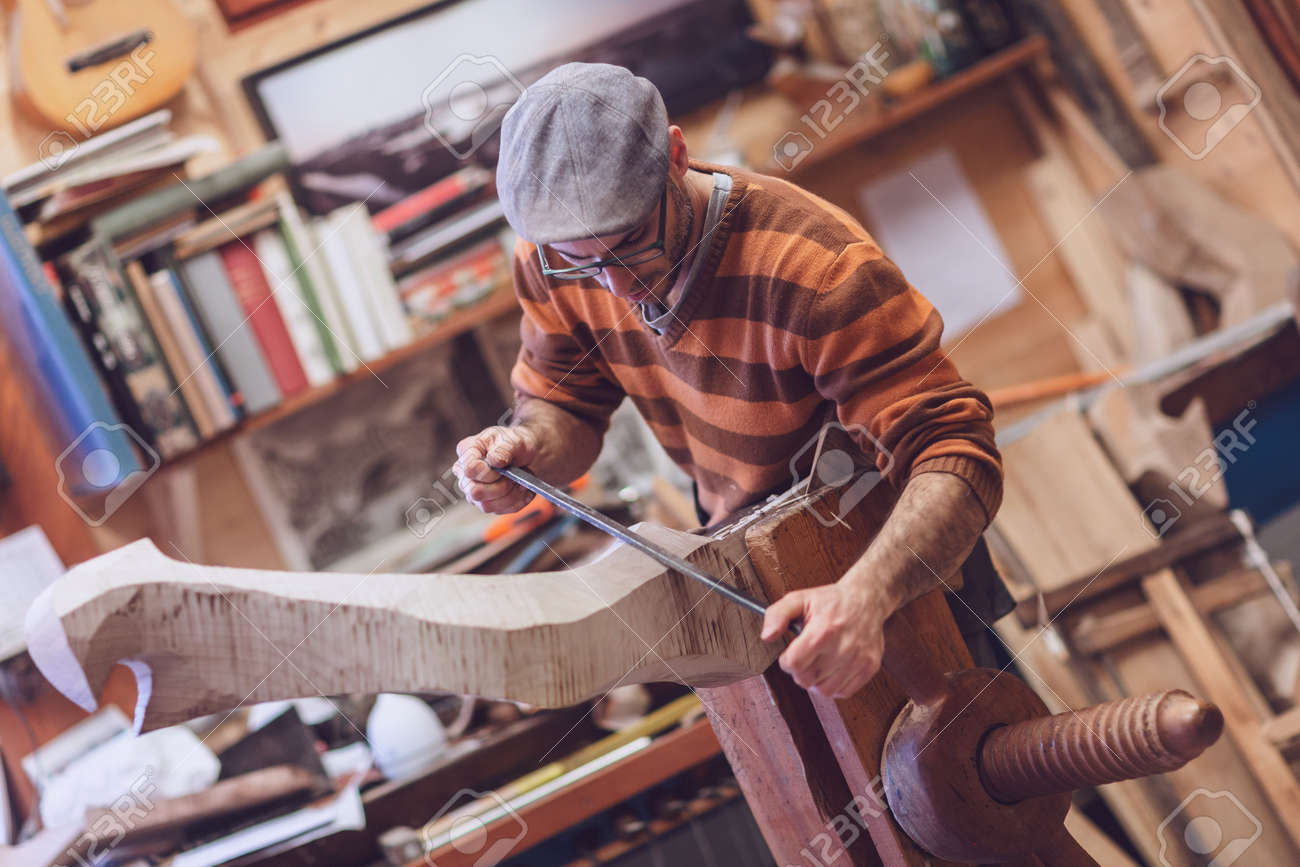Welcome to The Ultimate Guide to Becoming a Professional Carpenter! In this guide, you will learn everything you need to know to become a successful carpenter. From the basics of carpentry to advanced techniques and tips, this guide will provide you with the knowledge and skills necessary to launch your career in carpentry. We’ll also cover the tools and safety precautions needed to work safely and efficiently. So, if you’re interested in becoming a professional carpenter, this guide is for you!
Mastering Basic Carpentry Skills: Essential Steps for Beginners
If you are looking to learn the basics of carpentry, you have come to the right place. Carpentry is a skill that requires precision, patience, and practice. To master the basics, here are some essential steps that every beginner should follow:
1. Learn the Basics: Before starting any carpentry project, make sure to learn the basics of carpentry. Understand the different tools used, the different materials required, and the different techniques to use them.
2. Practice: Once you have learned the basics, it is important to practice your skills. Start with small projects like making shelves or cutting boards. This will help you hone your skills and develop your confidence.
3. Safety First: Safety is critical when it comes to carpentry. Make sure you wear the appropriate safety gear and use the right tools for the job.
4. Take Measurements: As a carpenter, you must be able to accurately measure and mark out the project you are working on. Make sure to use a ruler, tape measure, or other tools to make sure your measurements are correct.
5. Have Patience: Carpentry is a skill that requires patience. It takes time to learn the basics and to become a skilled carpenter. Don’t rush the process and take the time to practice and master your technique.
By following these steps, you will be on your way to mastering the basics of carpentry. With dedication and practice, you’ll be able to create beautiful pieces of furniture and other woodworking projects.
Understanding Advanced Carpentry Techniques: Taking Your Skills to the Next Level
Are you an experienced carpenter looking to take your skills to the next level? Advanced carpentry techniques can help you build more complex and intricate works of art. Whether you’re looking to make furniture, sculptures, or even cabinets, mastering advanced carpentry techniques can help you create unique and beautiful pieces.
Some of the more advanced techniques include dovetailing, inlaying, and mortising. With dovetailing, you use different pieces of wood to create an interlocking joint. This allows for a stronger and more attractive joint. Inlaying involves cutting into the wood to create patterns or other designs. Mortising is cutting a hole in the wood to fit a tenon or other part.
These techniques can be challenging and require practice to master. However, once you have a good understanding of the techniques, you can create amazing works of art. You can also use these techniques to create functional pieces, such as cabinets, drawers, and tables.
Advanced carpentry techniques are a great way to take your carpentry skills to the next level. With practice and patience, you can create stunning works of art that will be admired for years to come.
Developing Your Professional Carpentry Toolkit: The Essential Tools for Jobs of All Sizes
Having the right set of tools is essential for any professional carpenter. Whether you’re tackling a small project or a large one, having the right tools will ensure that you get the job done quickly and efficiently. When building your professional carpentry toolkit, there are a few essential items that you should always have on hand.
First and foremost, you’ll need a hammer and nails. These are two of the most important tools for any carpenter, and they are essential for building and repairing furniture, walls, and other structures. You’ll also need a saw, such as a circular saw or a jigsaw, to cut materials such as wood and metal. Additionally, a set of screwdrivers, wrenches, and pliers will come in handy for tightening and loosening nuts and bolts.
Finally, you’ll need a variety of measuring tools, such as a tape measure, a square, and a level. These will help you ensure that your projects are square and level before you start working on them. With these essential tools in your professional carpentry toolkit, you’ll be well-equipped to tackle any carpentry project.
Making the Leap to Professional Carpentry: How to Get Started and Grow Your Business
Making the leap to professional carpentry can be a daunting task, but with the right guidance and resources, it can be an incredibly rewarding and profitable endeavor. If you’re interested in becoming a professional carpenter, here are some tips to get you started and help you grow your business.
1. Develop Your Skills: The first step in becoming a successful professional carpenter is to hone your craft. Invest in quality tools, take classes, and practice your skills.
2. Create a Business Plan: Once you’ve developed your skills, the next step is to create a business plan. Outline your goals, services offered, how you plan to market your business, and your pricing structure.
3. Build a Network: Networking is key for any business, but especially for those in the carpentry field. Join industry organizations, attend trade shows, and attend local events to meet potential customers and partners.
4. Invest in High-Quality Materials: Quality materials are essential for any job. Investing in quality materials will ensure that your work is of the highest standard and will attract more customers.
5. Invest in Professional Insurance: As a professional carpenter, you’ll need to invest in professional liability insurance to protect your business against potential risks.
6. Market Your Business: Once you have the necessary skills and materials, it’s time to start marketing your business. Create a website, distribute flyers, and use social media to let potential customers know about your services.
7. Expand Your Services: As your business grows, consider expanding your services to include other carpentry related services such as cabinetry, furniture making, or remodelling.
By following these tips, you can make the leap to professional carpentry and grow your business. With a little hard work and dedication, you can make your mark in the carpentry industry.

In conclusion, becoming a professional carpenter takes dedication, hard work, and a willingness to learn. There is no one-size-fits-all approach to becoming a carpenter, but by taking into consideration the various steps outlined in The Ultimate Guide to Becoming a Professional Carpenter, you can set yourself up for success. From developing practical skills to networking and marketing, there are many ways to build a successful carpentry career. With the right amount of commitment and determination, you can turn your carpentry dreams into a reality.












